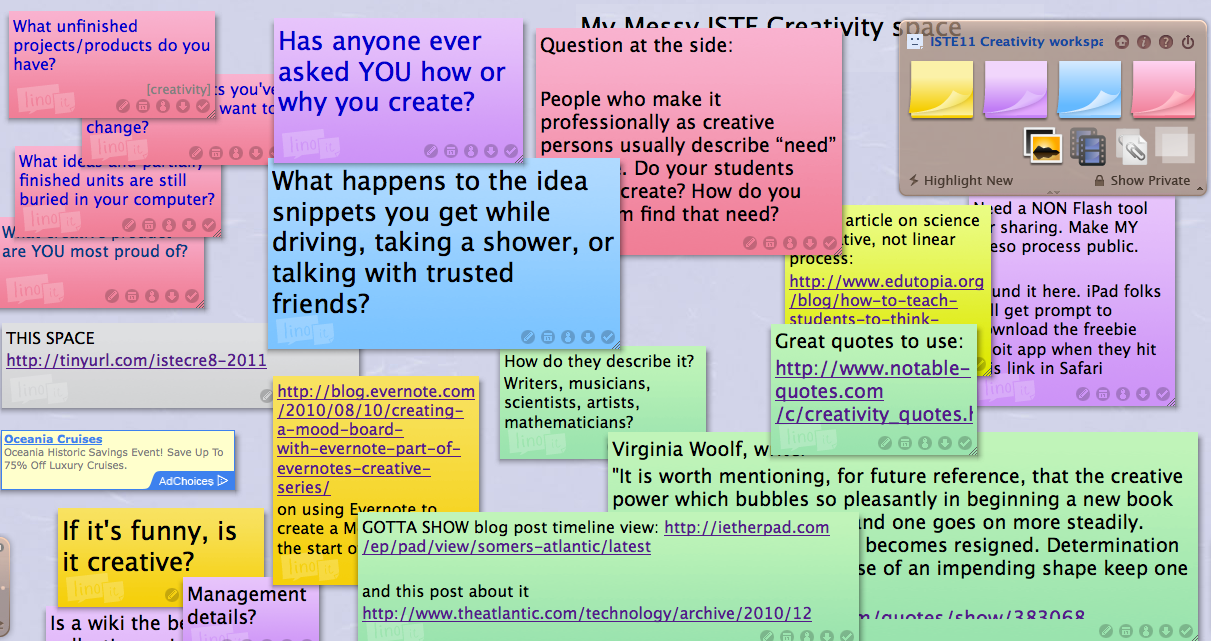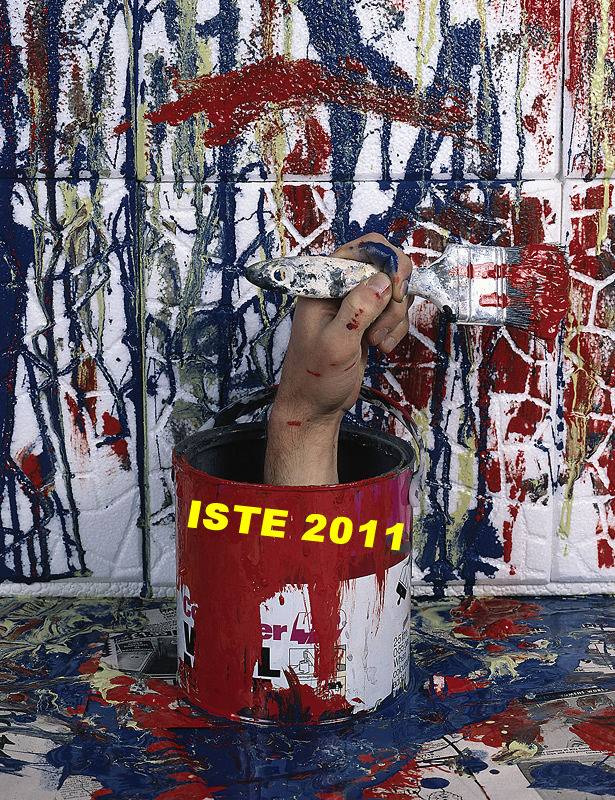#eduwin, a MiracleGrowing EduBloggerConcept
The day before ISTE11 officially began, I attended EduBloggerCon, a marvelously relaxed and genuine opportunity for passionate educators to talk, mull over ideas, focus for an hour at  a time on big issues in education and edtech, and just plain think out loud. I have been fortunate to be at all EBC since its inception in Atlanta a few years ago, and I would never miss this chance to renew my faith in grassroots educators as MiracleGro to a thinking society and to positive change. This group avoids the weeds of griping and generates blooming images of “before and after” learning than any educationinfomercial.
a time on big issues in education and edtech, and just plain think out loud. I have been fortunate to be at all EBC since its inception in Atlanta a few years ago, and I would never miss this chance to renew my faith in grassroots educators as MiracleGro to a thinking society and to positive change. This group avoids the weeds of griping and generates blooming images of “before and after” learning than any educationinfomercial.
One of the discussion topics I chose to join this year was entitled Why isn’t education on the front page of the news? (Let’s talk about strategies to push this important discussion to the forefront in a positive and meaningful way). The gist of the discussion was that yes, we can convince local news to cover a unique event at our school, but that’s the end of it. No one will ever hear positive stories about learning in today’s schools in higher venues. When will positive stories about the bloomin’ good (see previous paragraph) ever gain national notice? It is much easier (and generates ratings) when the media cover:
a. stories of education failures
b. stats of comparisons to other cultures– limited to the first sentence of the Executive Summary
c. stories of the high cost of education to taxpayers
d. all of the above
Fortunately, this EBC group was pro-active in approach and did not linger in the weeds of woe-is-us-nobody-likes-teachers. We brainstormed. We generated a very do-able, very positive, and very realistic strategy to make the voices of winning education stories resound beyond the local news: the hashtag #eduwin.
Here is how it works:
- Every time you see a change in a student because of something that clicked, write about it in a tweet or a blog post, hashtagged #eduwin.
- Every time you see another teacher do something that works, share it, hashtagged #eduwin.
- Every time you see a tweet from another educator about the way students are LEARNING, retweet it or share it on Facebook, hashtagged #eduwin.
- When you’re having a bad day, set up a Twitter search or do one on Google (when they get Real Time working again), looking for items hashtagged #eduwin.
- When you hear people griping about the state of education today, share a story you saw hashtagged #eduwin.
- When your class does projects, shoot some video and upload the clips of kids talking about what they did to YouTube, hashtagged #eduwin (cute kids or kittens can’t hurt…)
- When a parent volunteer wants to be helpful, ask him/her to take some pictures of the good things going on in your class (maybe from the back or close-ups of hands so there is no concern about identifiable pictures) and share them on Flickr or Facebook, hashtagged #eduwin.
- When your kids make glogs, Voicethreads, or other online projects that shout powerful evidence of learning, add the hashtag #eduwin to the very best examples (and resist the urge to put the hashtag on ones that could be appreciated without context)
- When you give awards to your students, us the title EDUWIN on the awards.
- When that one non-reader finally recognizes the sight words, clap and say “EDUWIN!”
- Collaborate every day with teacher colleagues on the digital storytelling of EDUWIN
As an FYI, one of those in the discussion asked whether the tag is Ed-U-Win or eduwin or edUwin or edu-win. It is read as any and all of these, but written simply, #eduwin. For through #eduwin, you win, our kids win, we all win, and edu wins.
Now you have to pass it on. #eduwin. You’re it.









